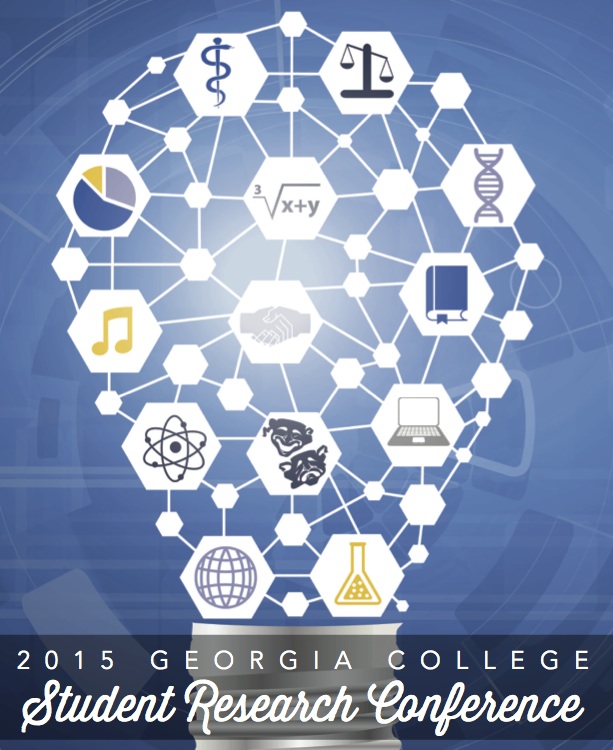Visual Distractors and Cognition
Abstract
Eye tracking technology allows for the study of visual attention towards presented stimuli. A vast amount of research examines advertising strategies where the effectiveness of different visual stimuli on consumer attention is examined in comparison to resulting consumer behavior by observing where the majority of their visual fixations lie. Factors like spatial cueing and distractor clarity have been found to greatly influence the extent to which attention is given to a particular target stimulus in advertisements. To examine the degree to which such visual distractors impact other cognitive processes, the present study tests the impact of visual distractors on attention using a word-memorization cognitive task. This study utilizes Gaze Point technology to track eye movements throughout the study process. This research will compare the effectiveness of different categories of visual stimuli to capture attention -- graphics, unrelated text sentences, and a graphic paired with text. Using a within-subjects research design, participants were asked to study four different word lists accompanied by either nothing, a graphic, a text, or a graphic and text. Participants' visual gaze was recorded during this word list study phase. Participants then recalled as many words as possible during the test phase in order to compare how the different visual distractors affected word-recall. Results and conclusions will be discussed.
Session Name:
Poster Presentation Session #1 - Poster #11
Start Date
10-4-2015 11:30 AM
End Date
10-4-2015 12:15 PM
Location
HSB 3rd Floor Student Commons
Visual Distractors and Cognition
HSB 3rd Floor Student Commons
Eye tracking technology allows for the study of visual attention towards presented stimuli. A vast amount of research examines advertising strategies where the effectiveness of different visual stimuli on consumer attention is examined in comparison to resulting consumer behavior by observing where the majority of their visual fixations lie. Factors like spatial cueing and distractor clarity have been found to greatly influence the extent to which attention is given to a particular target stimulus in advertisements. To examine the degree to which such visual distractors impact other cognitive processes, the present study tests the impact of visual distractors on attention using a word-memorization cognitive task. This study utilizes Gaze Point technology to track eye movements throughout the study process. This research will compare the effectiveness of different categories of visual stimuli to capture attention -- graphics, unrelated text sentences, and a graphic paired with text. Using a within-subjects research design, participants were asked to study four different word lists accompanied by either nothing, a graphic, a text, or a graphic and text. Participants' visual gaze was recorded during this word list study phase. Participants then recalled as many words as possible during the test phase in order to compare how the different visual distractors affected word-recall. Results and conclusions will be discussed.



